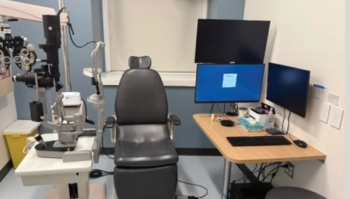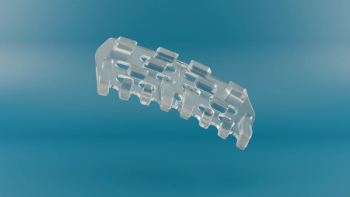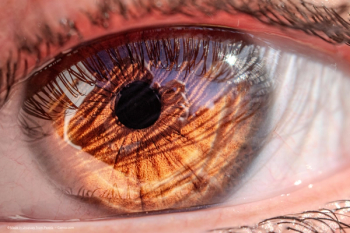
Phaco therapy for glaucoma patients?
Phacoemulsification with IOL implantation, in eyes with PACG, allows us to achieve not only high visual acuity, but also to create favourable conditions for aqueous humour outflow.
What are the options?
The aims of surgical treatment are to reduce the risk of optic nerve damage, prevent progressive anterior chamber angle closure and acute attack of angle closure.
Some of the most recent studies have evaluated the effect of lens extraction on chronic or acute ACG.1-7 Results show that IOP can be significantly reduced and controlled in PACG eyes, regardless of whether it is extracapsular cataract or phacoemulsification that is performed. A quantitative evaluation of the eye angle configuration using ultrasound biomicroscopy revealed that the eye anterior chamber depth becomes 1.37 times deeper and the eye angle 1.57 times wider after cataract surgery.
However, cataract surgery in PACG eyes (especially those previous acute PAC) is technically difficult. The eye anterior chamber is usually shallow, the lens often bulky and pupil is frequently small from miotic treatment or ischaemic iris atrophy. Excessive curvature of the anterior capsule may also predispose to tears. Iris ischaemia from a previous acute episode may render the iris flaccid, which together with a small pupil, may make it more susceptible to trauma during surgery. Corneal decompensation is another potential long-term complication. For cases of previous acute primary angle-closure (APAC), the corneal endothelium that has already been damaged from the acute episode may be further injured by the phacoemulsification, leading to higher risk of decompensation.
What impact does lens extraction have on PACG?
The aim of our study was to evaluate the effect of lens extraction on chronic PACG and investigate the influence of lensectomy on IOP control and visual functions in PACG eyes.
This retrospective study was carried out at the St. Petersburg Branch of Sv. Fyodorov Eye Microsurgery Complex, Russia between September 2003 and September 2005. We examined and operated on 49 eyes of 42 patients with PACG. Detailed ophthalmologic examination included best corrected visual acuity and refraction, visual field, keratometry, slit-lamp biomicroscopy, applanation tonometry, gonioscopy, indirect ophthalmoscopy, ultrasonic biometry and endothelial microscopy.
Initial glaucoma had been diagnosed in 16 eyes (group 1), advanced glaucoma in 25 (group 2) and far-advanced in eight eyes (group 3). A total of 21 eyes had a history of acute glaucoma attack. Laser iridotomy had been previously performed in all eyes at different periods of time before operation. IOP was reduced to normal control before operation by means of topical and systematic anti-glaucoma medications.
Newsletter
Get the essential updates shaping the future of pharma manufacturing and compliance—subscribe today to Pharmaceutical Technology and never miss a breakthrough.








































